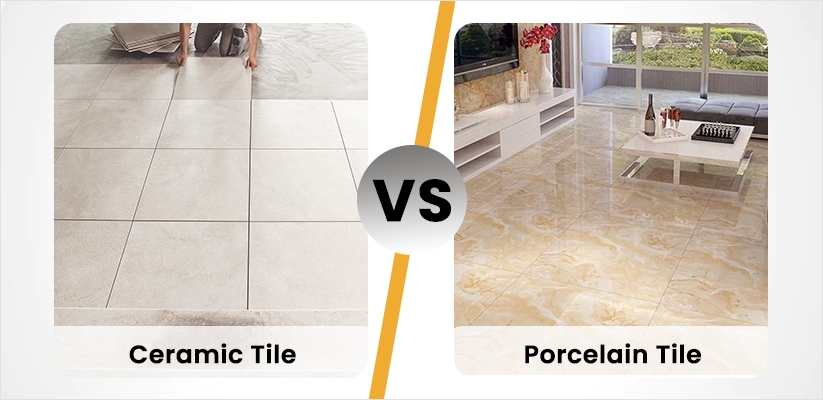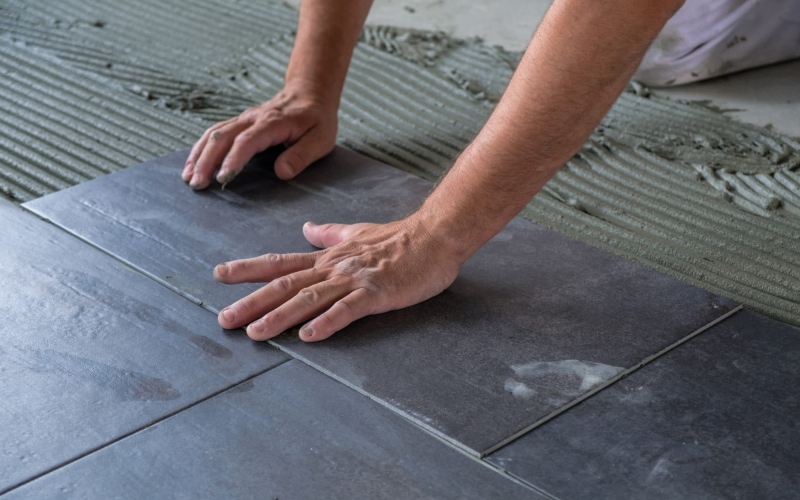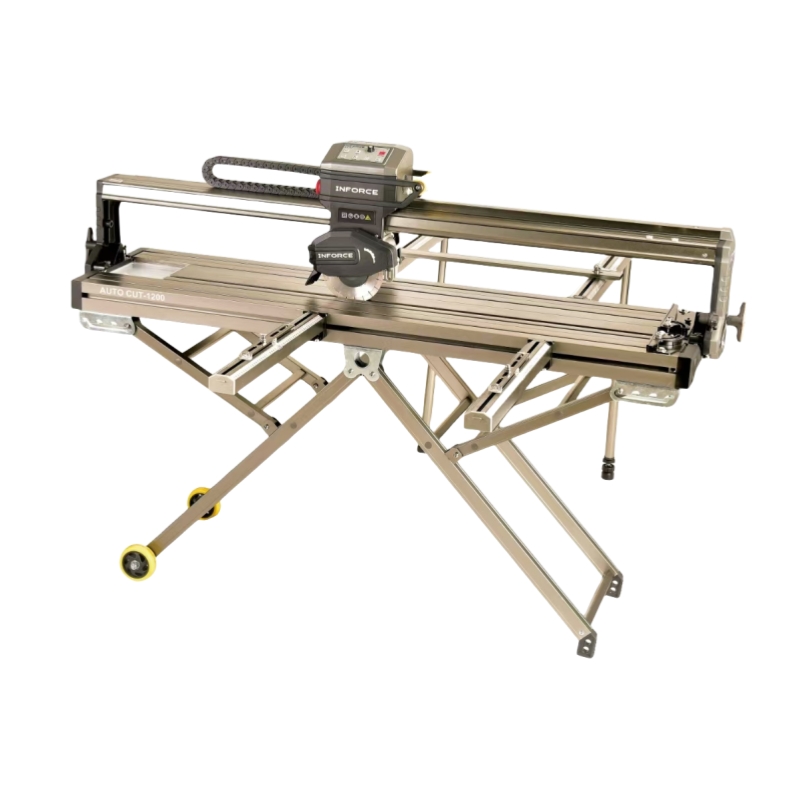-
Call Us : +86 -18815967067
-
Email Us : wandeli02172025@gmail.com
What Are You Looking For?
What Are You Looking For?
Ceramics and porcelain: Understand the differences
The fundamental difference between ceramic tiles and ceramic tiles lies in the production process. Porcelain is the result of a more tightly controlled and rigorous manufacturing process, in which a mixture of porcelain and various minerals is fired at more than 1200 degrees Celsius, making it more uniform, denser and less porous than traditional ceramics. This makes the material more durable, waterproof and suitable for high-traffic areas such as airports or shopping malls. In contrast, ceramic tiles are made from a mixture of clay and minerals, which can lead to subtle variations and more interesting aesthetic effects.

Tile finishes: Explore options
The surface treatment of the tile refers to the upper surface of the tile, which can be polished, smooth, satin, matte or natural. Choosing the right finish can greatly affect the overall look and feel of the space, as well as the durability and slip resistance of the tiles.
Durability and proper installation
Ceramic tile is a very durable material, but its service life largely depends on the quality of the installation. The substrate (the surface on which the tile is laid) must be flat, stable and free of bumps and dents. The correct use of the right adhesive according to the manufacturer's recommendations is essential to ensure that the tile remains strong and crack-free over the long term.
Leveling tiles: Accurate and consistent
Corrective tiles are first fired and then mechanically cut to exact dimensions, resulting in uniformly sized tiles with straight edges. This makes them easier to process and allows for a minimum of grout lines, resulting in a near-seamless appearance. However, the cost of correcting tiles and their installation is usually higher due to the additional processing steps.

Calculate the number of tiles: Plan ahead
Determining the correct number of tiles for a project is essential to avoid material shortages during installation. In general, it is recommended to add 5-7% more tiles than the calculated area to prevent breakage and cuts. For Spaces with more complex shapes, 15% more tiles may be needed.
Cross application: Can tiles be used for walls and floors?
While wall tiles are generally not suitable for floors as they can be slippery or less water-resistant, most floor tiles can be used for walls as long as the wall structure can support weight. It is best to seek advice from a professional or tile manufacturer.
Tile imbrication: A viable option?
In some cases, new tiles can be laid on top of existing tiles, but this should be done with caution. Existing tiles must be properly installed and in good condition. However, this method may increase the overall height of the floor and require adjustments to the doorways.
Non-slip: Ensure safety
The skid resistance of a tile is measured by its coefficient of dynamic friction, denoted by the letter "R". The higher the R-value, the stronger the skid resistance of the tile. This factor is especially important for floor tiles in areas with high foot traffic or wet places.
Cutting and drilling: techniques and tools
For straight cutting, dedicated tile cutting tools can provide clean, professional cutting results. Circular saws can be used for more complex or smaller cuts. When drilling through the tile, it is best to seek the help of a professional to avoid cracking the tile. TILER brand products are designed with the needs of tile installers in mind and may be worth considering to help achieve good results.


Tile painting: a limited choice
While it is possible to paint a ceramic or tile, it requires the use of a high-viscosity, epoxy-based paint and proper substrate preparation to ensure a successful and long-lasting result.
By understanding these common tile-related challenges and solutions, you can make informed decisions and ensure a successful and satisfying tiling installation project.